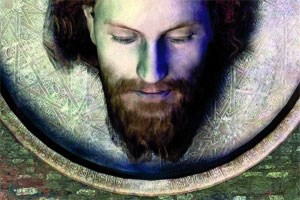We have written an elaborate documentation of the production of The Path and will be publishing the article in 4 parts, as we proofread and finalize them.
A first introductory chapter summarizes the history of the project: How the idea started. When we got funding. And how long it all took.
In the next part, scheduled for tomorrow, we delve deep into the design of the game, followed by an overview of what went right and what went wrong, to conclude with a look at reception and sales.
We hope you enjoy the read.
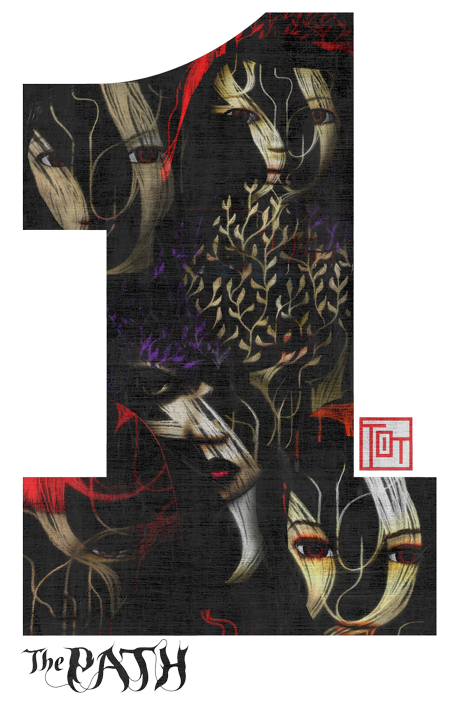


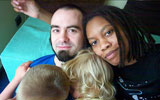

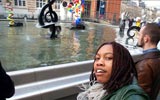
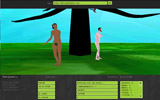

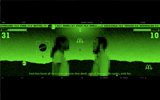

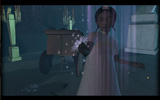
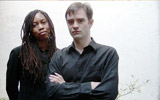
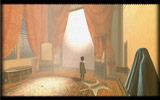

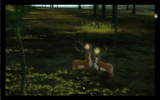
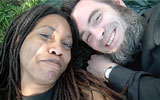


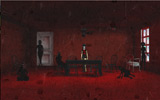

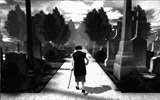
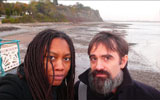

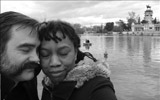





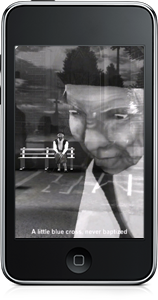 Now on the App Store:
Now on the App Store: 
